-
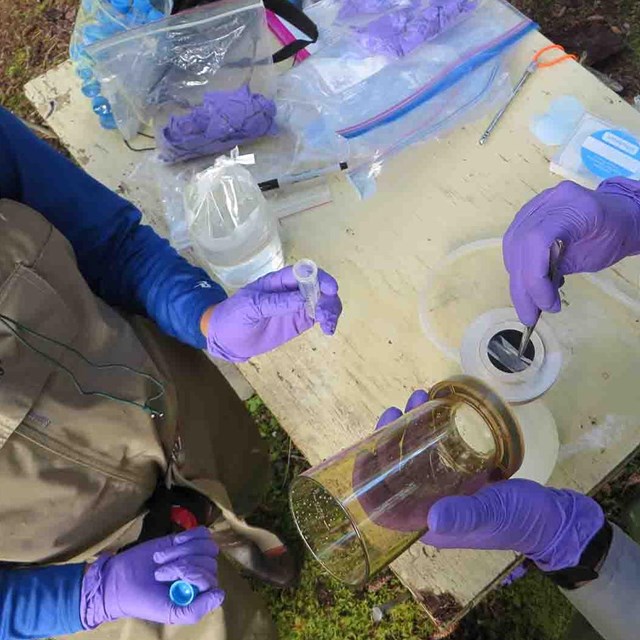 Environmental Contaminants
Environmental ContaminantsThe Southeast Alaska Network monitors three kinds of environmental contaminants: airborne, freshwater, and marine.
-
 Glacial Dynamics
Glacial DynamicsSensitive to seasonal variation in temperature and precipitation, glaciers are excellent indicators of regional and global climate.
-
 Intertidal Communities
Intertidal CommunitiesIntertidal communities are particularly important because of their close ecological linkage with the nearshore marine ecosystem.
-
 Kittlitz's Murrelets
Kittlitz's MurreletsThe Kittlitz’s Murrelet is a rare seabird endemic to Alaska and eastern Russia; they are often associated with tidewater glaciers.
-
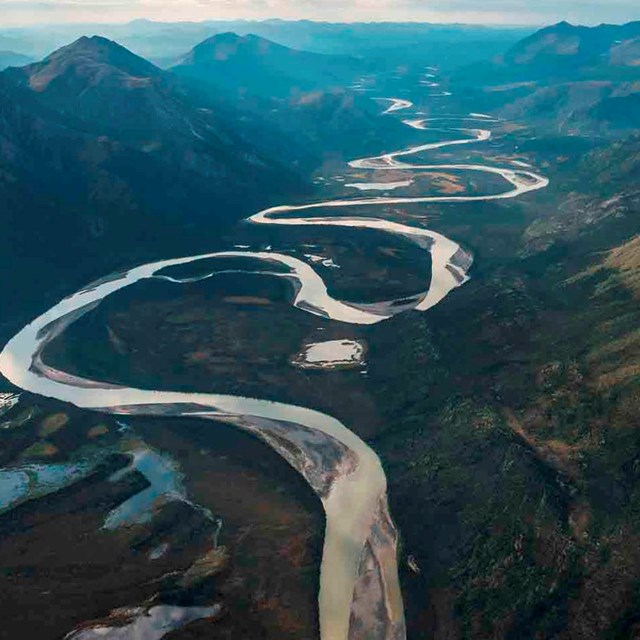 Landcover and Landform
Landcover and LandformLandscape spatial structure resulting from natural processes underlies the diversity and integrity of ecosysystems.
-
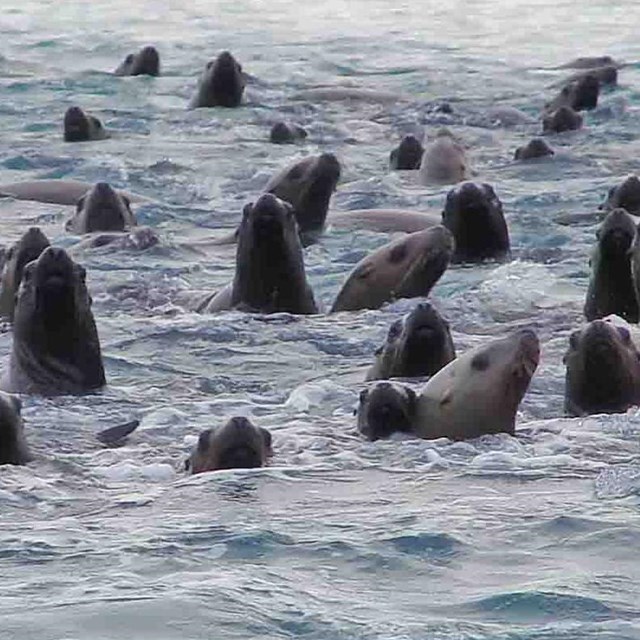 Marine Predators
Marine PredatorsMarine predators are important components of Southeast Alaska ecosystems. We currently monitor sea otters, but intend to expand over time.
-
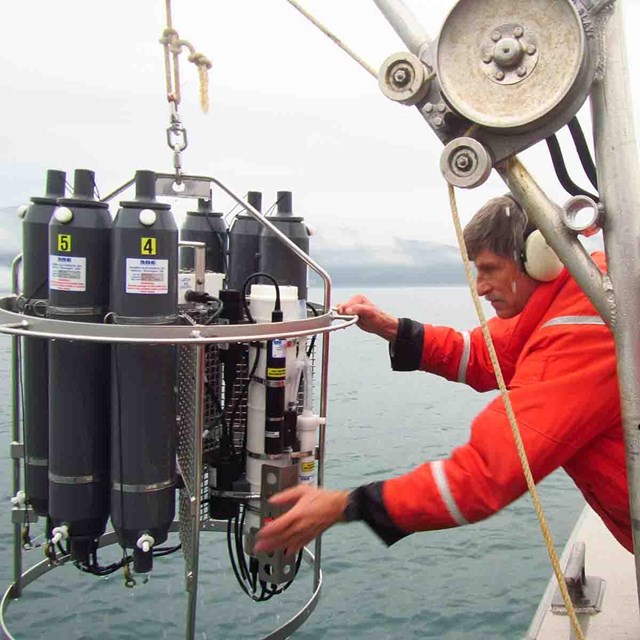 Oceanography
OceanographyUnderstanding the oceanographic factors that control marine productivity is critical to wise stewardship.
-
 Sea Otters
Sea OttersSea otters can dramatically affect the structure and complexity of their environment.
-
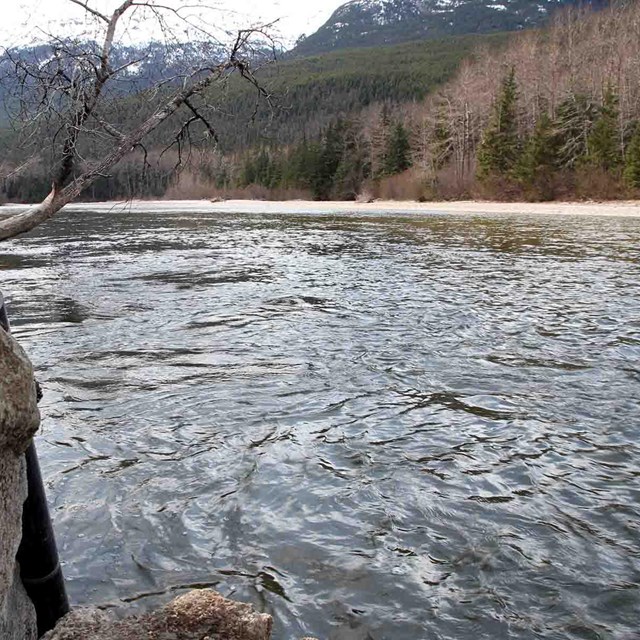 Streamflow and Water Quality
Streamflow and Water QualitySoutheast Alaska is a rainforest landscape dominated by a wet and maritime climate. Streamflow and water quality indicate ecosystem health.
-
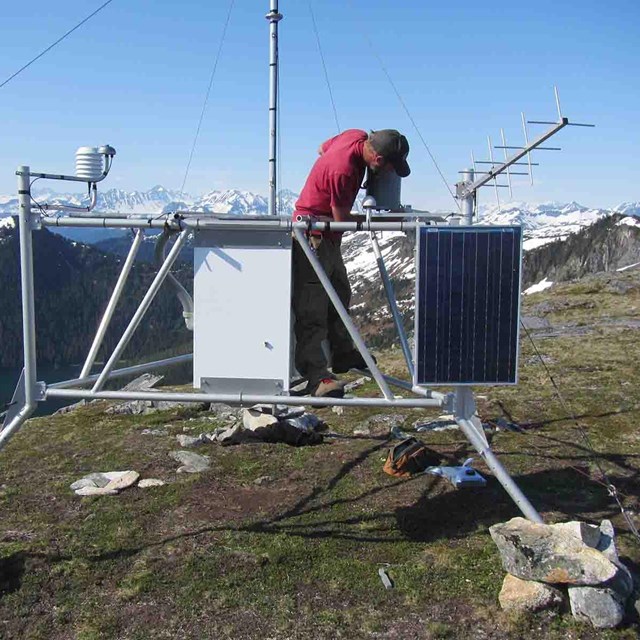 Weather and Climate
Weather and ClimateWeather and climate are key physical drivers of ecosystem structure and function.
Last updated: June 8, 2018
